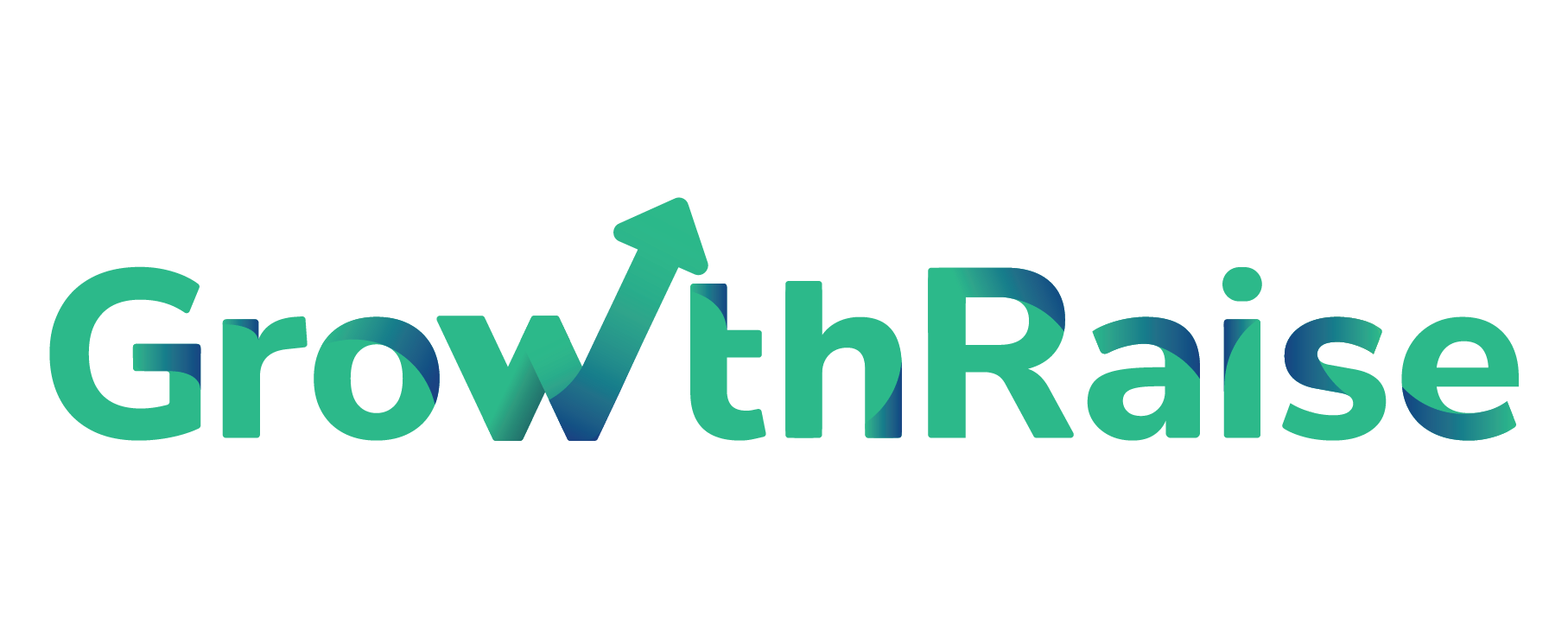Effective Strategies for Generating
Inbound Leads
You go out – it’s full with billboards that advertise something. You turn on the radio – you are not sure if you hear more songs or pushy ads for things you don’t need. You open Facebook or Instagram – everyone is selling something, directly or indirectly.
So how do you find customers without getting lost in the sea of businesses shouting right and left what they can offer you? This is especially relevant for small and medium-sized businesses with limited marketing knowledge and resources.
Lead generation is one of the most important marketing functions for modern businesses, especially those with digital products and services. And if you are strategic in how you approach it to facilitate effectiveness you can achieve a lot, even with limited resources.
Effective lead generation allows you to consistently attract and engage potential customers who are genuinely interested in what you offer and can help your small business grow sustainably. To do so, you need an impactful and well-thought-out strategy for inbound lead generation.
But first, what exactly is inbound lead generation?

Understanding Inbound Lead Generation for Small Businesses
Inbound lead generation is crucial for small and medium-sized businesses and it’s a great way to grow your business successfully. However, not understanding the basics of it can throw all your efforts out of the window. So let’s get right into it.
What Is Inbound Lead Generation?
Inbound lead generation is a method of attracting customers to your brand by putting out targeted content to appeal to your ideal customer. This content aims to push the prospect into action – starting a two-way relationship that eventually results in a sale.
Inbound and outbound lead generation vary in many ways, particularly in the time and place of the interaction. With inbound lead generation, the prospects choose when and where they interact with your message; with outbound lead generation, this choice is the marketer’s.
Creating relevant, valuable content for your audience and strategically capturing interest is essential. After leads signaling their interest, you are much more likely to convert them into paying customers as they’ve already initiated contact.
Your inbound leads could be people who have engaged with your brand, people who have asked about your product or people who have tested your product. This organic and nonintrusive acquisition of prospects is what inbound lead generation entails.
Why Should Small Businesses Focus on Inbound Marketing?
Lead generation can be inbound or outbound. Depending on the type of business one or the other or a mix of both could be the key to success. However, inbound lead generation offers many benefits to small and medium-sized businesses that cannot be ignored.
For example, it attracts higher-quality leads who are more likely to convert, as they made the decision to interact with you. These interactions and the value you are proving build long-term trust and relationships with customers; something you cannot achieve with outbound methods. Generating inbound leads is also more cost-effective compared to traditional marketing methods, as cold calling.
Inbound lead generation also entails measurable and adaptable strategies which allow continuous refinement. But what are the best strategies for generating inbound leads?

Best Strategies For Generating Inbound Leads
One key thing you should always remember about generating inbound leads is quality over quantity. If you want to convert most, if not all, of your leads, you need to be deliberate and strategic with your approach.
Let’s take a look at some of the best practices for generating inbound leads.
Identify Your Ideal Customer Profile (ICP) and Buyer Personas
You cannot shoot an arrow and expect it to hit the bull’s eye without knowing what and where your target is. Who is your ideal customer? What do they need and what interests them? What problems do they have and why are you the one who can solve them?
These are all crucial questions that will help you define the target for all your goals and efforts while crafting your strategy for generating inbound leads.
Create High-Quality, Valuable Content
As we established, content is key for generating inbound leads. Good high-quality content is defined by a few characteristics.
Firstly, it has to provide value and be relevant. There is no point in publishing a blog article or posting on social media just for the sake of having something there. It also has to be relevant not only to your ideal customer, but to what you are offering. It’s crucial that your content be original as well. Would you trust a company who copied their articles from elsewhere? Lastly, your content needs to have a consistent tone of voice. Having a clear established brand identity will help you immensely.
The content can be anything from blog posts to infographics and videos. One huge benefit of inbound marketing is that it offers a variety of tools and channels for a variety of content types and purposes that you can use for generating inbound leads.
Pay Attention to Website Design and SEO
Although content is key for generating inbound leads, you should not ignore everything that supports it. For instance, too many popup ads or bad website design can make visitors instantly close the tab no matter how well-written or suitable for their needs is your article. The whole experience of finding answers to their questions, looking through your website and willingly giving their contact information should be enjoyable for the potential customers.
Search engine optimization (SEO) on the other hand determines whether you even have website visitors. Without proper SEO, even great content may not reach your target audience. Ensure that your content is optimized for relevant keywords, includes meta descriptions, and is structured for readability.
Develop a Sound Social Media Presence
In 2024, 68% of marketers say social media marketing has helped them generate more leads. Why? Inbound social media marketing is a great asset when it comes to generating inbound leads for several reasons.
You can repurpose pretty much all types of content, from videos to infographics and articles, for your social media accounts. This allows you to reach more people and content shared across platforms can drive more traffic to your website.
Social media is also widely and frequently used. Having a sound social media presence makes you more trust-worthy and allows potential customers to see more clearly what you can offer them. Nowadays, social media is also the first place where people go to find out more about you, read or write reviews and contact you.
Make sure to post often, have a consistent and diverse content calendar and always interact with people, whether through comments, likes or direct messaging.
Offer Product Demos
Let’s say you want to buy a new coffee maker. As with many other products, there is a huge amount of options that you can choose from, which often can be overwhelming. However, one of the companies may decide to display one of its coffee makers and allow visitors to try making and drinking a cup of coffee right there at the store. How likely would you be to choose this one when you know it works perfectly fine for you?
Product demos are one of your best friends when it comes to generating inbound leads. When people know the product works well for them and can fill the gap they have, you are much more likely to make a sale.
Follow Up and Nurture Your Inbound Leads
You may have an impressive website, amazing content, great products or services and a substantial list with leads, but none of that matters if you don’t nurture your leads. After getting their contact information, you need to make sure to follow up and guide them to their buying decision. Building relationships and providing necessary information and incentives are crucial for turning leads into customers. This can be achieved through targeted emails and tailoring communication to individual needs.
But this doesn’t end once they make a purchase. Satisfied customers are more likely to refer others and make repeat purchases. Once again, following up with your customers, offering rewards, gathering customer feedback all ensure customer satisfaction and loyalty.

Common Pitfalls to Avoid
Generating inbound leads is a great and sustainable way to grow your business. However, there are some things that you need to keep in mind when developing your strategy.
Industry Saturation: The current crowded market makes it hard to stand out, even with inbound marketing. It’s essential to prioritize brand differentiation strategies and tailor your approaches according to your business, your target audience and your offerings so you can stand out.
Lean Marketing Budget: Limited resources can restrict your success in generating inbound leads and leading them to a buying decision. Make sure to find cost-effective solutions and maximize available resources.
Time Constraints: Small businesses without many people or marketing experts in-house can lack the time to consistently create and optimize content, respond to leads, and track results. The key is to prioritize inbound marketing efforts or delegate tasks to experienced marketing professionals.
Not Measuring and Adjusting: Tracking key metrics and adjusting strategies based on performance present many opportunities for improvement. Try not to neglect data-driven decision-making, which is essential for refining inbound marketing strategies.
Ready to Start Generating Inbound Leads?
Lead generation is one of the most important marketing functions for modern businesses and an effective strategy will allow you to consistently attract and engage potential customers who are genuinely interested in what you offer.
Crafting a strategy and implementing some of the best practices for generating inbound leads is rewarding, but can also be challenging. As long as you are strategic in how you approach it you can achieve a lot, even with limited resources.
Not sure where to begin or how to overcome some of the challenges? Our team of experienced inbound marketing consultants are ready to lend a hand.

